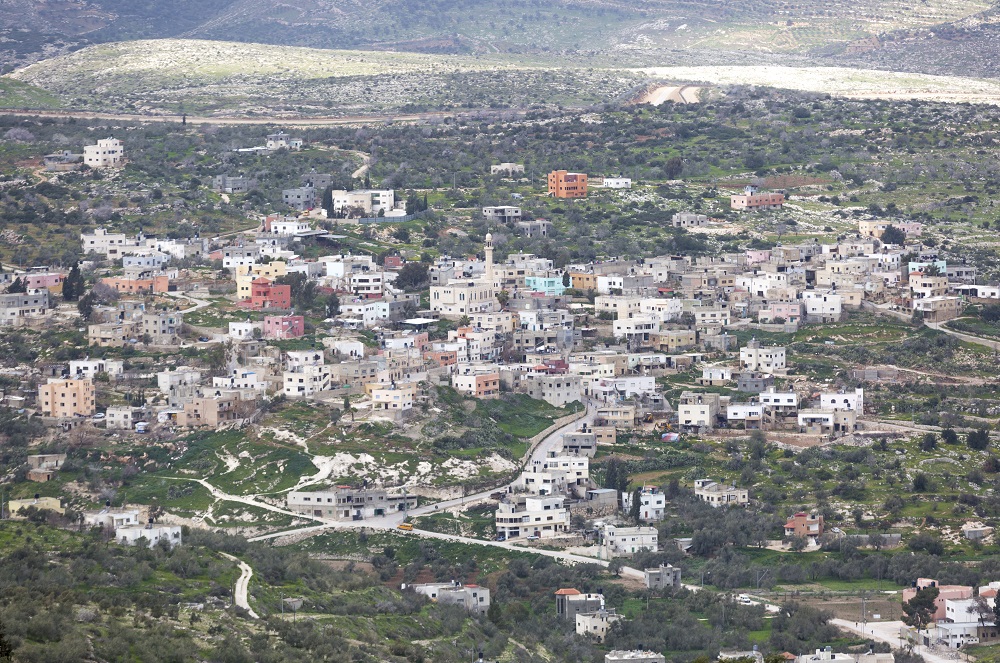Burqin is a northern town of the West Bank, located approximately four kilometers from Jenin. Visitors to Burqin will discover that this is a diverse town as its Christian and Muslim inhabitants pride themselves on not only coexisting together, but celebrating traditions and religious ceremonies together. With 12 Christian families living alongside a majority Muslim population, Burqin prides itself as a role model for diversity.
Burqin is the place where Jesus passed through, and healed the ten lepers. The 1,800 year old Byzantine Greek Orthodox Church of St. George has stood on the slope of Burqin since the 4th century when it was built by Saint Helen. The church is also known as the Church of the Healing. The Church was built over the cave where infected people were isolated from the rest of the community, and were given food and water through a hole.
This church, built of local stones, is one of the oldest churches in the Holy Land, and that is the reason that the Municipality is taking steps along with the Palestinian Ministry of Tourism and Antiquities to include Burqin on the Ministry’s list as a tourist destination for having one of the oldest churches in the world. In addition, the municipality is in discussions with UNESCO in order to have Burqin listed as a UNESCO world heritage site. Both initiatives are intended to protect Palestinian heritage and promote it globally attracting more visitors to Burqin.
The Byzantine Church of St. George is not the only holy place in Burqin. On top of the mountain, behind the village center one will find the burial place of Sheikh Saleh, a Muslim spiritual leader. Until today, faithful still go to this site to pray. Locals also use the fields in the area as a picnic space, spending time in nature with family and friends.
Besides the religious importance of Burqin, it also has agricultural importance with abundant vegetable plains and olive groves. Burqin produces over 80 tons of olive oil per year. International travelers have been visiting the Canaan Fair Trade factory since 2008, learning about Palestinian olive oil production in its ancient and modern contexts.
From Burqin, the traveler can walk through fields and valleys until the town of Arraba is reached. Here, the visitor can explore an ancient stately palace with impressive architecture and hidden doors for secret passages.
The grand palace, surrounded by rural lands, is strategically located in the village historic center, where history can be traced back to the Ottoman rule. During that period, the region of Arraba, as well as other areas in the central highlands of Palestine, was administered by the wealthy Abdel Hadi family.
Arraba has an elevation of 350 meters above sea level, and has been given the title of one of Palestine’s two northernmost throne villages. Today you can explore Arraba’s historical buildings which are located in the heart of the town. The palace is currently used as a venue for many community activities and events. The rooftop area offers impressive views of the surrounding landscape.
To walk through history, explore religious sites, engage with local residents, Register Now for the Siraj Center and Masar Ibrahim al Khalil hike from Burqin to Arraba, on Saturday, 28th of May 2016.

